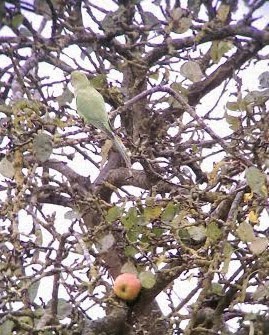 |
| White fronted Bee eaters (for Badger) |
 |
| Greater Kudu bulls browsing |
On a short family visit to South Africa I have managed a couple of days in Kruger Park. After Otmoor one of my favourite places in the world.
It is late spring here and in the park the first rains are slowly greening the dry burnt bushvelt. There was lots to see and all sorts of birds and bird calls to reacquaint myself with. I saw at least four species of Cuckoo and the Woodland Kingfishers were back in southern Africa calling throughout the park, after spending the southern winter in central Africa.
 |
| Diederik Cuckoo |
 |
| African Cuckoo |
I was fortunate enough to find a fruiting fig tree by the river in Skukuza rest camp and it was busy with birds.
 |
| Collared Barbet, Black- eyed Bulbul and African Green Pigeon |
We also came across a termite emergence, they are stimulated to emerge after rain. It was attended by a couple of Wahlbergs Eagles and a ridiculously confiding African Fish Eagle.
 |
| Termite eating Fish Eagle |
Of course there were plenty of animals and being with non birders they were the main focus of interest.
We had some great encounters with Buffalo very up-close and personal. Elephants, several Rhino and a few distant Lions were also good sightings. The best for me was a fairly brief but close sighting of a male Cheetah. It walked to the edge of the bush and after five minutes crossed the road in front of us before moving off. It was completely fortuitous and in the park a rare experience.
Another unusual sighting was a twelve foot long Rock Python lying partly across the road with a distinctive bulge halfway along its body, clearly its breakfast.
Magpie Shrikes and Lilac Breasted Rollers were common and several parties of Bee-eaters both European and White-fronted.
Waterholes have not refilled yet but the rivers are flowing and in one slow stream we found Grey Heron and Goliath Heron close together, the difference in size is remarkable with the Goliath being at least a foot taller than its commoner cousin.
 |
| Goliath Heron |
Throughout the park the Impala have all given birth at about the same time and the lambs are tottering about on their ridiculously thin legs looking like a cross between Gremlin, E.T. and Bambi. It would take a very hard-hearted person not to find them utterly enchanting.
 |
| Impala lambs |
It is a great time to be here with all the northern palearctic species arriving and the resident species breeding. I saw more than I can write down here and I still have a lot of images to process. This is just a taster of what was on show.
 |
| Groundscraper Thrush |
 |
| Southern Yellow billed Hornbills |
 |
| Blue eared Starling |
 |
| Lilac Breasted Roller All pics (c) Bark |
Next weekend I will be back on the moor and back to more regular fare. Many thanks to Pete Roby and Tezzer for filling the gap in my absence.


































.jpg)

.jpg)

.jpg)

.jpg)
.jpg)










